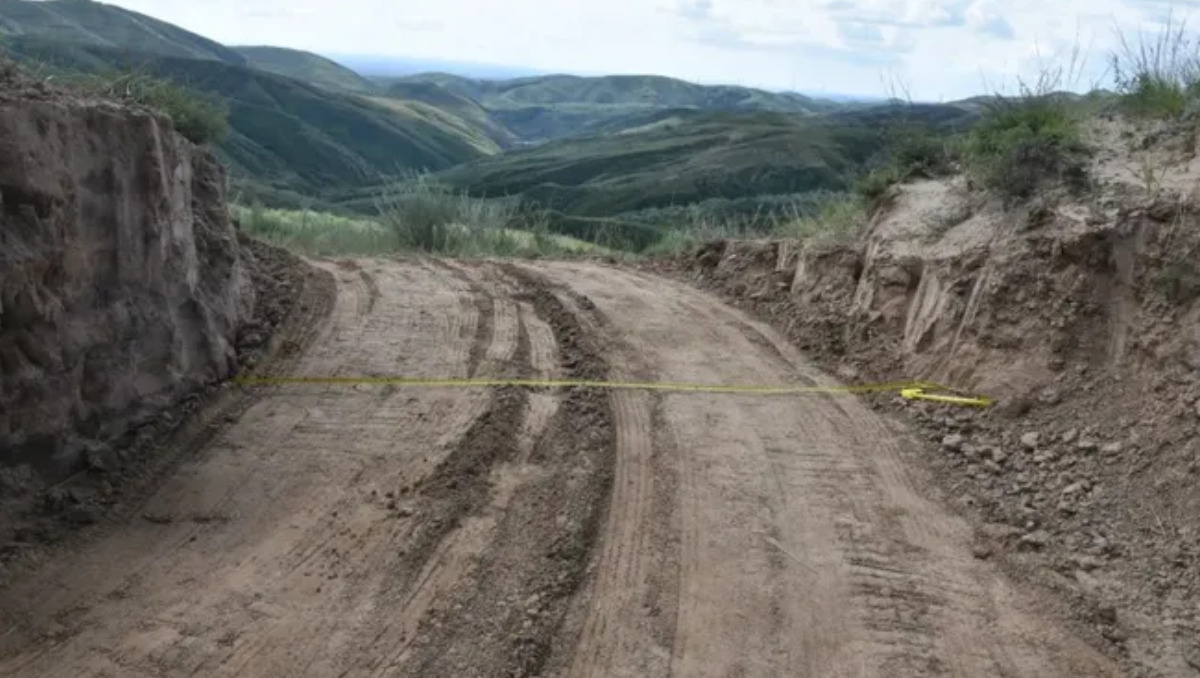The Great Wall of China, a symbol of the nation’s rich history and an iconic UNESCO World Heritage site since 1987, has suffered severe damage as two workers attempted to create a shortcut by using an excavator to cut through a section of this iconic architectural marvel. The incident, which occurred in the northern province of Shanxi on August 24, where the 32nd Great Wall, a section dating back to the Ming Dynasty, was severely affected. This news has raised concerns about the preservation of this ancient wonder.
Workers Attempt to Widen Cavity for Convenience
On August 24, 2024, authorities were alerted to the damage when reports came in about a large gap in the Great Wall near the township of Yangqianhe, approximately 215 miles east of Beijing. Responding to the scene, law enforcement officers discovered a significant portion of the Ming-era wall had been excavated and damaged by large-scale machinery.

The two workers, a 38-year-old man, and a 55-year-old woman, sought to reduce the distance they had to travel by creating a shortcut. In their attempt, they used an excavator to widen an existing cavity in the Great Wall. The section they targeted belonged to the 32nd Great Wall established during the Ming Dynasty (1368-1644). Images released by the police department at Youyu County in Shanxi province showed a dusty road carved through the raised section of the historic wall.
The two individuals responsible for the damage, identified as Zheng and Wang, hailed from Inner Mongolia. They were arrested on charges of destroying a cultural relic, which underscores the seriousness of the incident.
Irreversible Damage to a Cultural Relic
Authorities have stated that the actions of the workers have caused “irreversible damage” not only to the structural integrity of the Ming-era Great Wall but also to the cultural relics it represents. The Ming-era wall, which was previously described as “relatively intact” and of “significant research value,” now bears a gaping hole due to this unfortunate incident.
Ongoing Challenges in Preserving the Great Wall
The Great Wall of China, built over centuries and dynasties, stretches for thousands of kilometers and represents a symbol of China’s rich history and enduring civilization. However, it has faced ongoing threats from erosion and human activities, such as locals stealing bricks for construction and vandalism from tourists. In response, various Chinese governments have launched preservation campaigns and introduced legislation to protect this ancient marvel. Still, challenges remain, with a significant portion of the structure classified as poorly preserved, in danger of disappearing or already lost.

The Great Wall’s Cultural Significance
The Great Wall of China is not only a national treasure for China but a symbol of global historical significance. It served as a formidable fortress protecting Chinese territories from invasions throughout history. Its construction, which began in the third century BC and continued for centuries, demonstrates the extraordinary engineering prowess and perseverance of ancient civilizations.
Yujie Zhu, an associate professor specializing in heritage studies, notes that the vast and sprawling nature of the Great Wall, built over different dynasties using various materials and methods, makes it challenging to define its precise boundaries. The concept of heritage protection was introduced relatively recently to China, making awareness of the significance of the Great Wall crucial in preserving it.
In conclusion, the recent incident of damage to the Great Wall of China highlights the ongoing challenges in preserving this iconic structure. While efforts have been made to protect it from erosion and vandalism, incidents like these serve as a reminder of the need for continued vigilance and awareness of the cultural and historical significance of this world-renowned wonder.
Read More: Kim and Putin to Discuss Weapons in Russia













